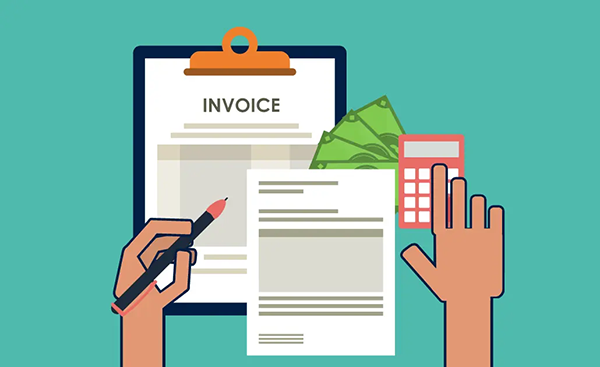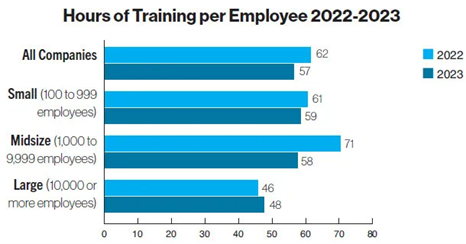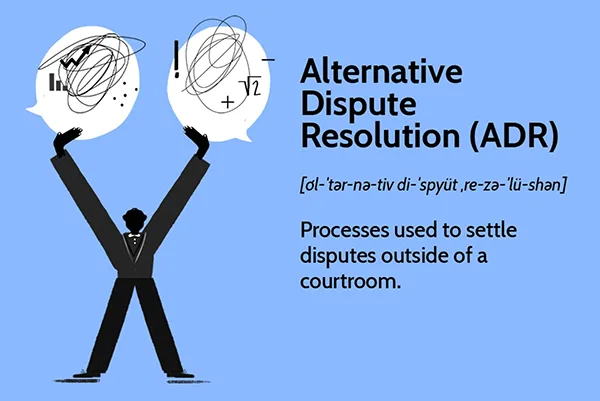
Having an issue with your invoicing process, which could result in outstanding invoices, could make it break your company’s cash flow. You have to actually hold tight your accounts receivable if you hope to maintain a healthy financial position and avoid costly disruptions. But where do you even begin when it comes to optimizing your AR processes? What’s the starting line?
Turns out the key to effectively managing account receivables is establishing clear credit policies and automating your collections efforts. By implementing this, as well as the other tips contained in this article, you’ll improve your chances of getting paid on time, every single time.
So, here are 9 tips we’re sure will turn your managed accounts receivable story around and, if implemented correctly, keep your business running smoothly.

Implement Clear Credit Policies
Implementing clear credit policies is the cornerstone of effective accounts receivable management. What does it really mean, though? It means setting your expectations as clear as possible from the beginning. You don’t want to establish an ambiguity among your customers on the policies and probably speaking badly about your company.
If you’re clear about your payment terms, credit limits, and even the consequences of late payments, everyone will know what to expect, and no surprising issues will come up.
Conduct Regular Credit Assessments
Credit assessment might sound like a chore, but believe me when I say that the results are so worth it.
If you assess the creditworthiness of your customers often, you’ll be able to predict who’s likely to pay on time (as they should) and who’s basically looking to give you headaches. That way, you know who to focus your energy on.
Did you know that in the United States, a person’s credit score can affect their eligibility for things like housing, insurance, and even jobs?
Automating Invoicing and Payment Reminders
There are some tasks in the office that are just begging to be automated. Tasks like data entry and gathering information for new employees are good examples. Invoicing as well.
By automating invoicing, you can ensure that bills go out when they should every time. And automated reminders work 24/7 but without the occasional rudeness of a human being.
Offer Multiple Payment Options
There are numerous payment platforms out there with different methods. Providing an array of each payment method would make paying really convenient for customers. Be it credit cards, bank transfers, or online payments. When it’s easy to pay, customers pay faster, ultimately resulting in a faster cash flow.
Monitor Accounts Receivable Aging Reports
You start keeping an eye on the people that owe you, and for how long. You can maintain these records in an Excel sheet, or go for a specific bookkeeping platform if you can afford it. Include all types of accounts receivable that are only going to result in inward cash flow.
Having these reports are somewhat like health checks for your receivables. They will help you find potential issues while they’re still somewhat solvable.
Establish a Collections Process
Every step of your accounts receivable process needs to be clear and well-thought-out, even your collections process. A proper collections process will make sure that you’re consistent in your approach to managing your account receivables, as well as ensure no overdue accounts slip through your fingers.
The collection process includes steps like:
- Assigning the debt
- Verify the amount
- Send notifications
- Contact the debtor
- Setting up payment agreements
- Adjusting the credit limit
Train Your Team
If you are the only person who has all the information, then it is of no worth. Your team or personnel needs to be on the front lines of managing accounts receivable. Make sure they’re aware of all your policies and procedures.

This is how companies around the scale prioritize training their employees. Hence, you must also kickstart training your employees.
An efficient team can handle the inquiries your customers have confidently, as well as negotiate payment plans if needed, and keep relationships with your clients, even when discussing topics like overdue payments.
Set Up a Dispute Resolution Process
It’s inevitable to have some disputes at your company, no matter how unfortunate that may seem. But if you’ve got a set path for resolving disputes, you can turn potential nightmares into manageable situations.
A pro tip here would be for you to be proactive rather than reactive. Have the guide down for any sort of dispute that may come your way.

Major disputes are sometimes settled outside a courtroom. This resolution is called having an alternate dispute resolution.
A good dispute-resolution process can preserve customer relationships, even when you face disagreements.
Reviewing and Adjusting Credit Policies Regularly
Implementing the right policies isn’t enough; you have to also keep reviewing those policies as times change.
Change is the only constant, that is almost inevitable. Just like the fashion industry, the business world changes constantly. Your policies should reflect this change.
That means you have to regularly review your policies to remain relevant and effective. The smallest adjustment can make the biggest difference in your financial health.
Conclusion
You should know that effective accounts receivable management isn’t just about getting your money into your accounts. It’s about keeping positive relationships with your customers without losing the financial stability of your business. Almost like walking across an unstable bridge. There’s a sweet spot, and the rewards are very worth it.
And this article has given you the deets. Look for areas in your process that you could tighten up. Maybe you haven’t automated the routine tasks. Or your policies were born in the Bush administration. When you find that area for improvement, adjust adequately.